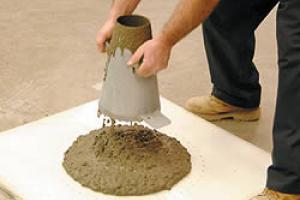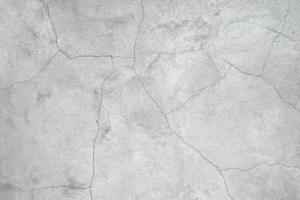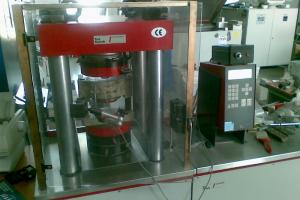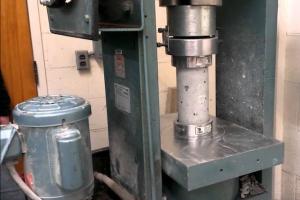Workability of Concrete and Factors Affecting Workability

Workability is one of the physical parameters of concrete which affects the strength and durability as well as the cost of labor and appearance of the finished product. Concrete is said to be workable when it is easily placed and compacted homogeneously i.e without bleeding or Segregation. Unworkable concrete needs more work or effort to be compacted in place, also honeycombs &/or pockets may also be visible in finished concrete. Workability of Concrete can be defined as:
Definition of Workability
The ease with which the concrete ingredients can be mixed, transported, placed, compacted, and finished with minimum homogeneity loss. The property of fresh concrete which is indicated by the amount of useful internal work required to fully compact the concrete without bleeding or segregation in the finished product.
Factors affecting workability of concrete:
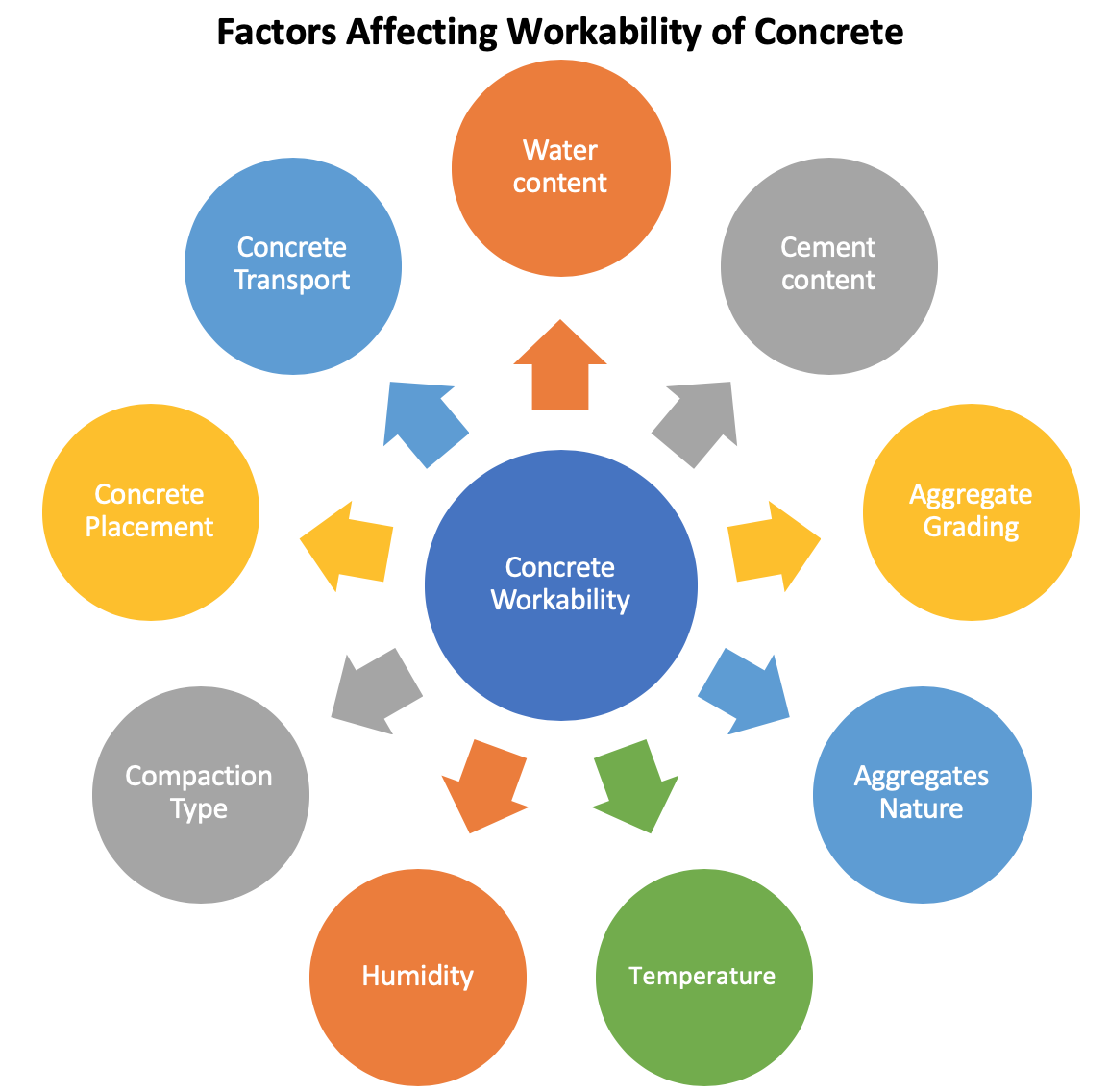
- Water content in the concrete mix.
- Amount of cement & its Properties.
- Aggregate Grading (Size Distribution).
- Nature of Aggregate Particles (Shape, Surface Texture, Porosity etc.).
- Temperature of the concrete mix.
- Humidity of the environment.
- Mode of compaction.
- Method of placement of concrete.
- Method of transmission of concrete.
i. Water content or Water Cement Ratio
More the water cement ratio more will be workability of concrete. Since by simply adding water the inter particle lubrication is increased. High water content results in a higher fluidity and greater workability. Increased water content also results in bleeding. another effect of increased water content can also be that cement slurry will escape through joints of formwork.
ii. Amount and type of Aggregate
More the amount of aggregate less will be workability.
-
Using smooth and round aggregate increases the workability. Workability reduces if angular and rough aggregate is used.
-
Greater size of Aggregate- less water is required to lubricate it, the extra water is available for workability
-
Angular aggregates increases flakiness or elongation thus reduces workability. Round smooth aggregates require less water and less lubrication and greater workability in a given w/c ratio.
- Porous aggregates require more water compared to non absorbent aggregates for achieving samdedegree of workability.
iii. Aggregate Cement ratio
More ratio, less workability. Since less cement mean less water, so the paste is stiff.
iv. Weather Conditions
1. Temperature
If temperature is high, evaporation increases, thus workability decreases.
2. Wind:
If wind is moving with greater velocity, the rate of evaporation also increase reduces the amount of water and ultimately reducing workability.
v. Admixtures
Chemical admixtures can be used to increase workability. Use of air entraining agent produces air bubbles which acts as a sort of ball bearing between particles and increases mobility, workability and decreases bleeding, segregation. The use of fine pozzolanic materials also have better lubricating effect and more workability.
vi. Sand to Aggregate ratio
If the amount of sand is more the workability will reduce because sand has more surface area and more contact area causing more resistance.
How To improve the workability of concrete
- Increase water/cement ratio.
- Increase size of aggregate.
- Use well-rounded and smooth aggregate instead of irregular shape.
- Increase the mixing time.
- Increase the mixing temperature.
- Use non-porous and saturated aggregate.
- With addition of air-entraining mixtures.
An on site simple test for determining workability is the SLUMP TEST.



